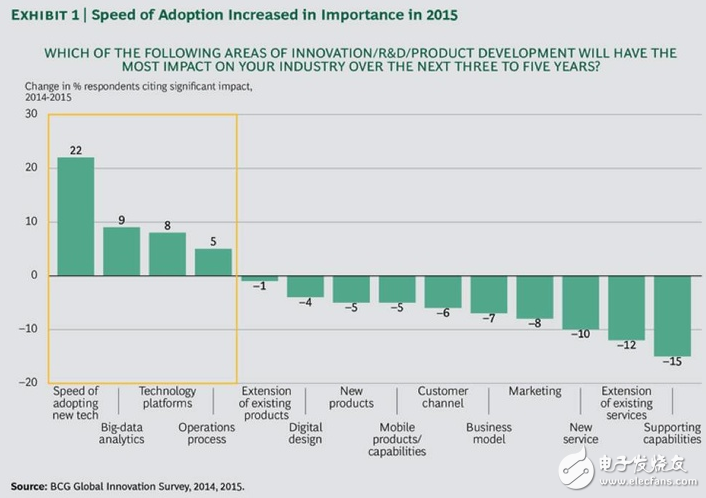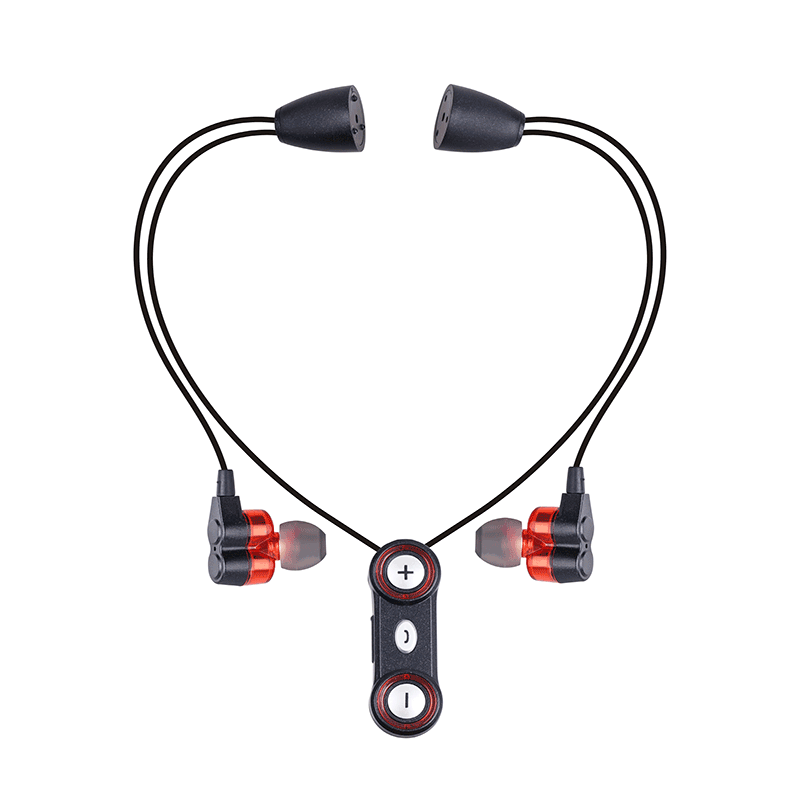Thanks to the constant availability of low-cost sensors, ubiquitous connectivity and our rapidly growing volume of data, the Internet of Things is likely to reshape the world we know. According to technology research and consulting firm Gartner, Inc., by 2020, the number of connected devices will be close to 26 billion. From wearables to home automation, we see both great potential and daunting challenges. Making the Internet of Things serve the public is more of a data challenge than a device connection. We need to first extract the data from the device and figure out what it means. Currently, the market has been focused on networking smart devices. We have not seen much innovation in helping people use the various data collected by these devices and machines. As a result, many IoT solutions have a “last mile†problem. In other words, these solutions can collect data, but they don't help people see and understand the data they mine. What is the value of data that cannot be used? And if you can't use it, why bother collecting it? So how do we read, interpret, and understand IoT data collected from industrial-grade solutions such as smart home appliances, wearables, or the GE Predix platform? We must eliminate four obstacles to advance: 1. Iteration and fast action In the world we live in, the term “perfect data†is increasingly contradictory. Regardless of how the data is compiled, you may not be able to connect to the source that is used to store them. Data may also be incomplete in some key areas, or the data format is not conducive to in-depth analysis. These shortcomings are becoming more common in IoT applications because people have not yet agreed on standards and protocols to support device interoperability. We can't let our business fall into paralysis because of bad data or broken data. We must use existing resources to find the correct answer in an iterative way. In the iterative process, we learned to separate “qualified†data from really bad data. Eligible data is usually sufficient to answer almost any question in a targeted manner. In addition, we can get better data by better understanding the data gap. This will help resolve process issues and improve the way data is captured and ingested. The eligibility data you have will continue to evolve and be continuously analyzed to create value and provide further motivation and demand for good data. People are beginning to see value and are willing to make their data accurate and reliable through investment. This “start-up and learning†cycle begins with the Agile approach, which has been polished and refined by several companies in the software development arena. We believe that its application areas should also include IoT data analysis. After all, the speed of technology adoption is what CEOs are most concerned about. The Boston ConsulTIng Group's 2015 survey of 1,500 CXOs from top innovators clearly demonstrated this. Andrew Taylor, BCG's senior partner and co-author of the report, said that in the survey and follow-up interviews with executives, “the word that is constantly emerging is speed.†The study found that CXOs want to speed up traditional innovation processes to quickly develop products and experiment with ideas. To get your organization fast, you need a fast, flexible, and easy-to-deploy analytics platform. This platform should allow you to test different methods and find the shortcomings of your own data during the analysis. You shouldn't need a lot of development, so that if you don't get any insights from it, you will give up. Industry-leading supply chain solutions company Flex (aka Flextronics) faces similar challenges. Flex is continually increasing its efforts to transform itself from low-profit foundries of PCs, routers and basic electronics to become a manufacturer of devices, sensors and industrial devices that power the Internet of Things and serve the Internet of Things. To increase profits, Flex needs to better understand its IoT performance data, thereby reducing costs and optimizing the manufacturing process. It also requires unparalleled value for customers through faster repairs and refurbishment. At the same time, Flex needs to act quickly to avoid being squeezed by large-scale Asian manufacturers and stay ahead of the more rapid start-ups. However, Flex was struggling because its data was locked in "Excel Hell" or hidden behind a major enterprise business intelligence platform. Now, Flex is moving fast because it has transitioned to an on-demand self-analysis framework. This automated, standardized and repeatable reporting framework cuts hours of inefficiency and reduces costs. The team can focus on serving customers. In the words of Joel Woods, senior director of analytics at Flex, the company went through the process of “measuring performance to maximizing performanceâ€.
Neck bluetooth headset - a bluetooth headset with headphone cables or accessories running from the neck to the ear when wearing. It is a product developed in recent years.
Born: in order to solve the boring when running or control the exercise rhythm, many people choose to listen to music,however, experienced people all know that because of the swing in the process of exercise, the earphones are easy to fall off, which makes it difficult to run coherently and constantly ,under this circumstance, the Bluetooth Neckband Headphones was designed.
Features:
1: There is no restrained from headphone cables.
2: In line with the development trend of headphones: From the perspective of the development trend of consumer headphones, bluetooth neckband headphones should be regarded as the general trend. Whether it is sports headset or head-worn headset, many manufacturers are vigorously developing bluetooth headset to occupy the market.
3: Not affected by audio interface
More and more flagship mobile phones are also trying to cancel the audio interface, which is the important reason for the generation of bluetooth neckband headset. As long as the device that supports bluetooth music play is ok, the audio interface will not be considered.
4: No burden when running
Sports neck hanging bluetooth headset is light and easy to wear, more convenient and fast storage, no knot, more relaxed entertainment sports, let you run zero burden.
5: Waterproof and sweat-proof are very important
When exercising, people will sweat a lot, which may cause some damage to the ears. The bluetooth neckband headphones adopts the IPX5 waterproof design, which is more suitable for sports scenes. Especially in summer, when sweat is easy to happen, it is necessary to use the bluetooth neckband headphones.
Bluetooth Neckband Headphones Wireless Headphone,Bluetooth Headphones Wireless,Bluetooth Headphone Neckband,Neckband Bluetooth Headphones Shenzhen Linx Technology Co., Ltd. , https://www.linxheadphone.com
